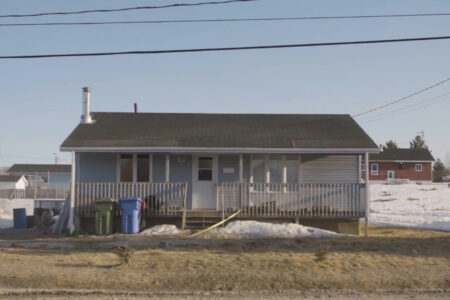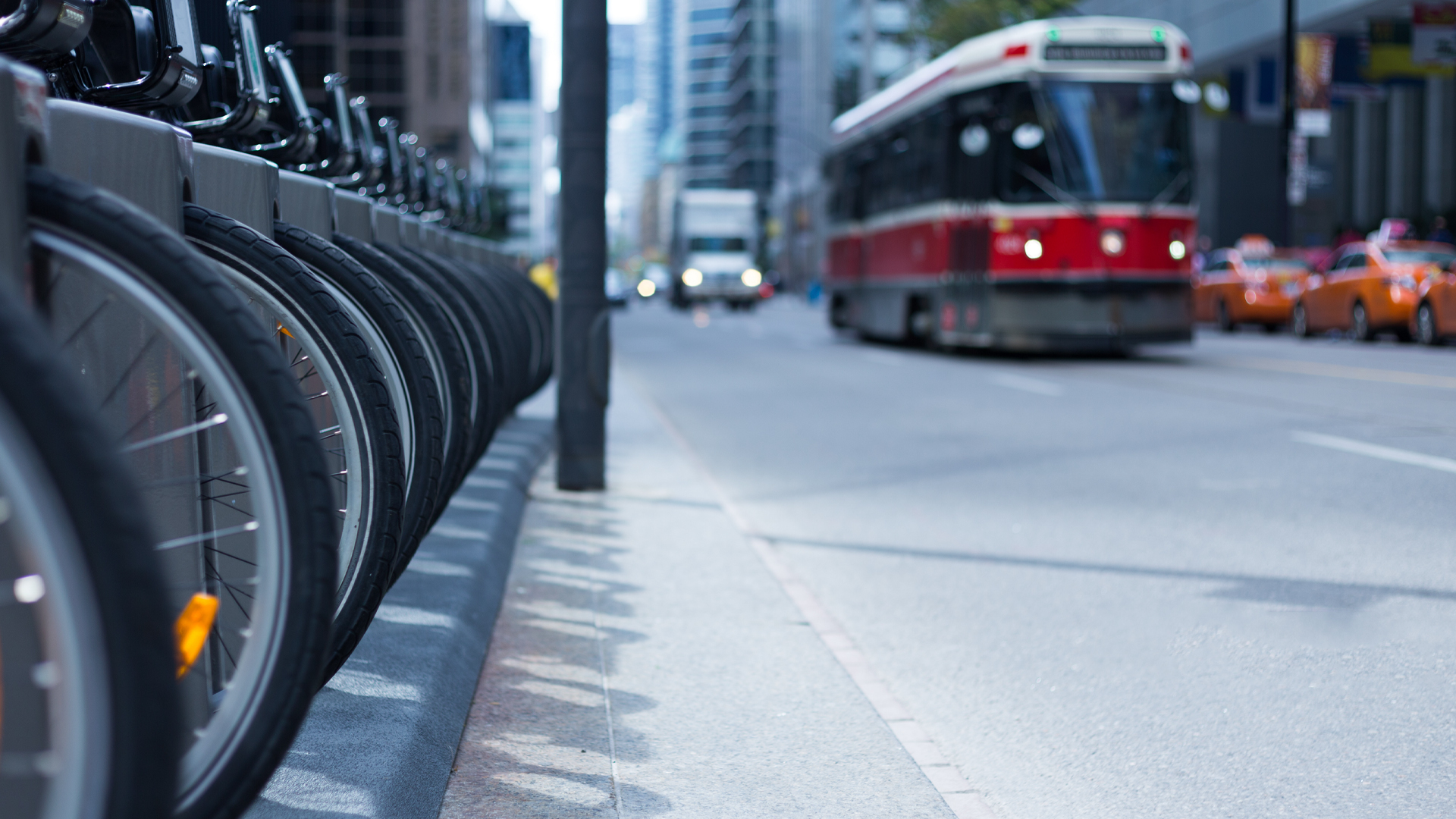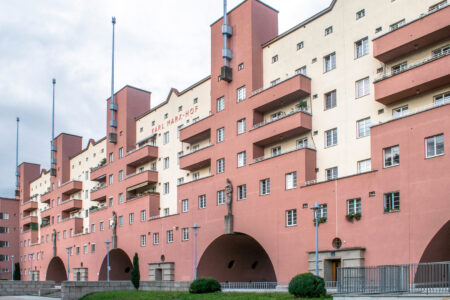
Since COVID-19 struck, many people have debated the future of our densely populated cities. Everything from sidewalks to public transit to high-rise apartment buildings has come under scrutiny by organizations as disparate as the World Bank, the Bloomberg City Lab and the Financial Times. While questioning the health benefits of cities certainly isn’t new, today’s urbanite can live, work and play in much smaller areas than they once did. Since the 1990s, urban designers, municipal officials and planners have promoted denser cities as a key solution to rising greenhouse gas emissions, improving public health through walking and cycling, and making efficient use of existing infrastructure.
This shift represented a return to traditional city building after decades of focus on low-density metropolitan regions. During the pandemic, cities proved to be resilient, supporting diverse workplaces, transportation options and housing, even as new technologies and innovations are integrated.
Cities and work
Since 2007, more people have lived in cities around the world than in rural areas. By 2017, 4.1 billion people (55 per cent of the world’s population) lived in urban areas, although the definition of “urban” differs by country. While some cities were hard-hit by the coronavirus, others (notably Shanghai, Beijing and Shenzhen) had fewer confirmed cases than lower-density areas. An American study of 913 U.S. metropolitan counties found no association between urban density and the COVID-19 infection rate, which means there is no need to discourage dense development patterns post-pandemic.
Urban areas are still essential places for work, particularly in our service-based economy. We can see proof of this in the support offered to workers and employers during the pandemic. These include the Canada Recovery Benefit for those who were unemployed or underemployed; the Canada Emergency Rent Subsidy for businesses and non-profits; and the Canada Emergency Business Account interest-free loans. Canada also has specific programs for Black entrepreneurs and Indigenous businesses. Small businesses, such as retail shops, restaurants and hair salons also benefited from these programs, allowing city centres and commercial districts to remain relatively stable as employees could still work onsite, albeit in smaller numbers.
Many industries and jobs will always require in-person work: health-care workers, transit operators and teachers continued to offer in-person classes in many provinces during the pandemic. Health-care services such as dentistry and physiotherapy must be offered in person, but others are now provided through mobile or online services. Germany, the U.K. and China have been taking national approaches to telehealth, which could provide valuable options for those in rural areas. Research and development benefit from urban areas’ dense concentrations of talent, university research and capacity to turn ideas into start-ups. Brookings found that from 2006-2017, 90 per cent of job growth in the 13 innovation industries happened in just five U.S. metro areas. Office and administrative jobs were among the most flexible, allowing employees to work from home during lockdown periods.
Many industries and jobs will continue to benefit from proximity to human resources or need to deliver in-person services in urban areas after the pandemic, while some could take advantages of technology to offer these remotely.
Transit
COVID-19 drastically reduced commuting to work, but only temporarily. There was a 6.4 per cent drop in greenhouse gas emissions in 2020 from 2019. Most countries saw decreases in the first half of 2020, but a resurgence in the second half of the year. Transit authorities in Europe and North America were forced to cut services and routes due to decreased passenger volume. In Ottawa, OC Transpo lost 85 per cent of its riders in March 2020 while transit ridership in the U.S. fell by 53.3 per cent.
However, many cities prioritized getting essential workers, such as nurses and grocery store cashiers, to their jobs by transit through increased public safety protocols, stimulus funding to transit providers and timing services to better reflect workers’ shifts. Most Canadian cities rebounded to 50 to 60 per cent of pre-COVID transit levels by August 2020. A Moovit study in 2020 showed that in Spain, 49 per cent of those surveyed said COVID-19 did not affect their transit usage. The same was found for 57.5 per cent of Singaporeans and 58.9 per cent of Russians. Transit use will likely rebound slowly, aided by lower fares for travel during off-peak hours, rethinking work and school hours (for example, alternating student cohorts) and increased federal funding.
In countries where COVID-19 infections remained quite low, such as Taiwan and South Korea, authorities have also encouraged ridership by sanitizing vehicles, using volunteers to scan passengers’ temperatures and making congestion levels available online to allow passengers to avoid crowds.
Intercity services also took a major hit due to stay-in-place orders during COVID-19. In Ireland, intercity rail service is still operating at 50 per cent capacity while in Canada, Greyhound ceased operations permanently on May 13, 2021, ending almost 100 years of intercity bus travel. Because these reductions in service will disproportionately affect smaller centres and rural areas, governments may need to provide more incentives such as Canada’s first-ever Rural Transit Fund, announced in February 2021. These could support micro-transit innovations like Rimouski’s TaxiBus service, which offers flexible service in low-density areas, or regional connectors such as the London-to-Sarnia intercity bus service launched in August 2020.
The pandemic accelerated urbanists’ calls to allocate more road space to pedestrians and cyclists as public health authorities required social distancing. In Canada, the Federation of Canadian Municipalities published a guide to help municipalities make temporary and permanent changes to their street design. In the U.S., there has been a push toward integrating traditional transit services with bike and e-scooter sharing, which would allow users in low-density neighbourhoods access to a different type of transit.
Post-pandemic, public transit in urban areas may take some time to recover and will likely be supplemented by expanded biking and walking infrastructure and innovations in micro-transit to serve lower-density areas.
Housing
Pre-pandemic, the emphasis was on dense, multifamily housing, particularly along mixed-use corridors well-served by public transit. Typically, mixed-use corridors allow a range of land uses – from residential to commercial to light industrial – to be developed without the need for complex and time-consuming rezoning of the land. This helps support transit, makes better use of infrastructure such as water, sewer and electrical, and also simplifies development. Examples include the City of Vancouver’s Cambie Corridor and mid-rise development on Toronto’s Avenues. With more emphasis on working from home during COVID-19, mixed-use office and residential buildings may also become more common in downtown areas. Canadian cities continued their efforts to increase the density of neighbourhoods during the pandemic. In Halifax, the regional council approved secondary suites in all residential zones in the regional centre in September 2020, which will allow a gentle density increase through the addition of rental units in single-family homes, duplexes and townhouses. This spring, Calgary approved a $200 million investment in downtown revitalization, including redeveloping its vacant office spaces into residences.
The downside to increased density is that the high land prices in such well-serviced areas drive up the cost of living and thus force low-income people further into suburban and exurban areas outside municipal boundaries. We can expect municipal tools like inclusionary zoning, which requires developers to provide a certain percentage of affordable units in new developments, and affordable housing overlays, which tie increases in building density to permanent affordability in zoning plans, to become more widespread in Canada and the U.S. as post-pandemic housing construction increases.
In Austria and Denmark, at least 20 per cent of housing is subsidized, while in the Netherlands 37.6 per cent of housing is owned and managed by non-profit housing organizations, which are rent-regulated. Other national governments, especially those that have taken neoliberal approaches to housing policy and funding programs, may need to shift to provide more support for non-profit housing for workers who are unemployed or underemployed due to the lasting effects of the pandemic.
Canadian and American cities introduced limited eviction bans and provided temporary renter relief during summer 2020, and there was considerable discussion about further strengthening renter protection. Because cities are safe havens for people migrating to find work or fleeing catastrophic events and political conflicts, many are vulnerable renters, or live in informal communities. These people should be prioritized in public health and housing initiatives. Sixty per cent of refugees and 80 per cent of internally displaced people worldwide live in cities.
We are now in a period of uncertainty as COVID-19 continues to affect everything from workplace location to housing stability. Until the 1940s, dense, walkable cities with concentrations of social, economic and infrastructure networks developed in strategic locations such as ports. With the increased popularity and affordability of the car, we transitioned to planning dispersed, low-density cities. Mounting public health and environmental concerns in the 1990s forced planners, urban designers and engineers to reconsider the benefits of dense cities, including increased opportunities for residents to walk and bike for daily activities, decreased greenhouse gas emissions and mixed-use corridors that make efficient use of existing infrastructure.
COVID-19 could be seen as a catalyst for some actions, such as installing more bike lanes and widening sidewalks, and a barrier to others, like density-driven public transit services. Post-pandemic, we should continue to promote dense, mixed-use development in urban areas in ways that support essential workers through innovations in workplace technologies, transportation and housing.
This article is part of the Reshaping Canada’s Cities After the Pandemic Shockwave special feature.








